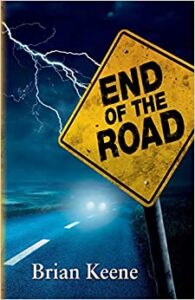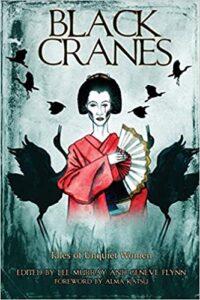Family Pack by Kali Metis
Running Wild Press, 2024
ISBN: 9781960018878
Available: Paperback, Kindle edition
Buy: Bookshop.org | Amazon.com
Family Pack is the second novel in this werewolf series, the first being Cure, previously reviewed here. This is one sequel that matches up to the original and actually improves on it..
This time, the story runs three plotlines concurrently, with each chapter changing to a different thread. The main thread still concerns Luna, the baker who happens to be a werewolf. Her story involves her training to harness her powers, as well as working with members of the TLG (a werewolf advocacy group) to ensure that werewolves treat others as they would like to be treated, and find a place for themselves among humankind without bloodshed. Of the other two plotlines, one is a straight history that explains how the werewolves came to be in their present situation, and the other is similar, but told from one person’s perspective, adding more of a personal element. Surprisingly, in the story context the different plots and perspective changes are not confusing. One reason might be that, unlike in the last book, many of the chapters are longer, making the timeline shifts much less annoying. The chapters in the previous book were all very short, only a couple pages or so. Here, they are usually at least five pages or more, and it makes the shifts of perspective between chapters much less jarring. You have time to get interested and involved in a section before moving onto another one. Of the three plotlines, the overall history one might be the best, with Luna’s thread running a close second. The third one, the personal history one, doesn’t match up quite as well, but it’s still decent.
The biggest change from book one to book two is that the first one was written in the third person perspective, while here, two of the plotlines (Luna’s and the personal history one) are written in the first person. For some reason, it works MUCH better for the story. Allowing the reader access to Luna’s thoughts and feelings makes her a much more interesting and readable character, and fits better with the overall tale. It also helps explain some of her questionable decisions in a way the first book failed to do. It feels like the author really hit her stride on this one.
I would have liked to see more dialogue to flesh out some of the lesser characters. As noted in the prior review, this is a bit of a political book, with the two factions maneuvering back and forth for power. But, on the TLG side, the reader mainly gets conversations between Luna and Birger, her instructor, while the members of the TLG council get shortchanged in dialogue and character development. Much of the dialogue is reported secondhand, written along the lines of “I spoke to them, and they said that they…” Considering how important this part is to the story, it would be great to have the other council members actually voice their opinions, as opposed to being told what they said in a synopsis. The reader knows that there is dissent among the council members: we need to have them voice, in their own words, why they think the way they do.
Bottom line: a nice improvement on a story that was already pretty good to begin with. Recommended.
Reviewed by Murray Samuelson







Follow Us!